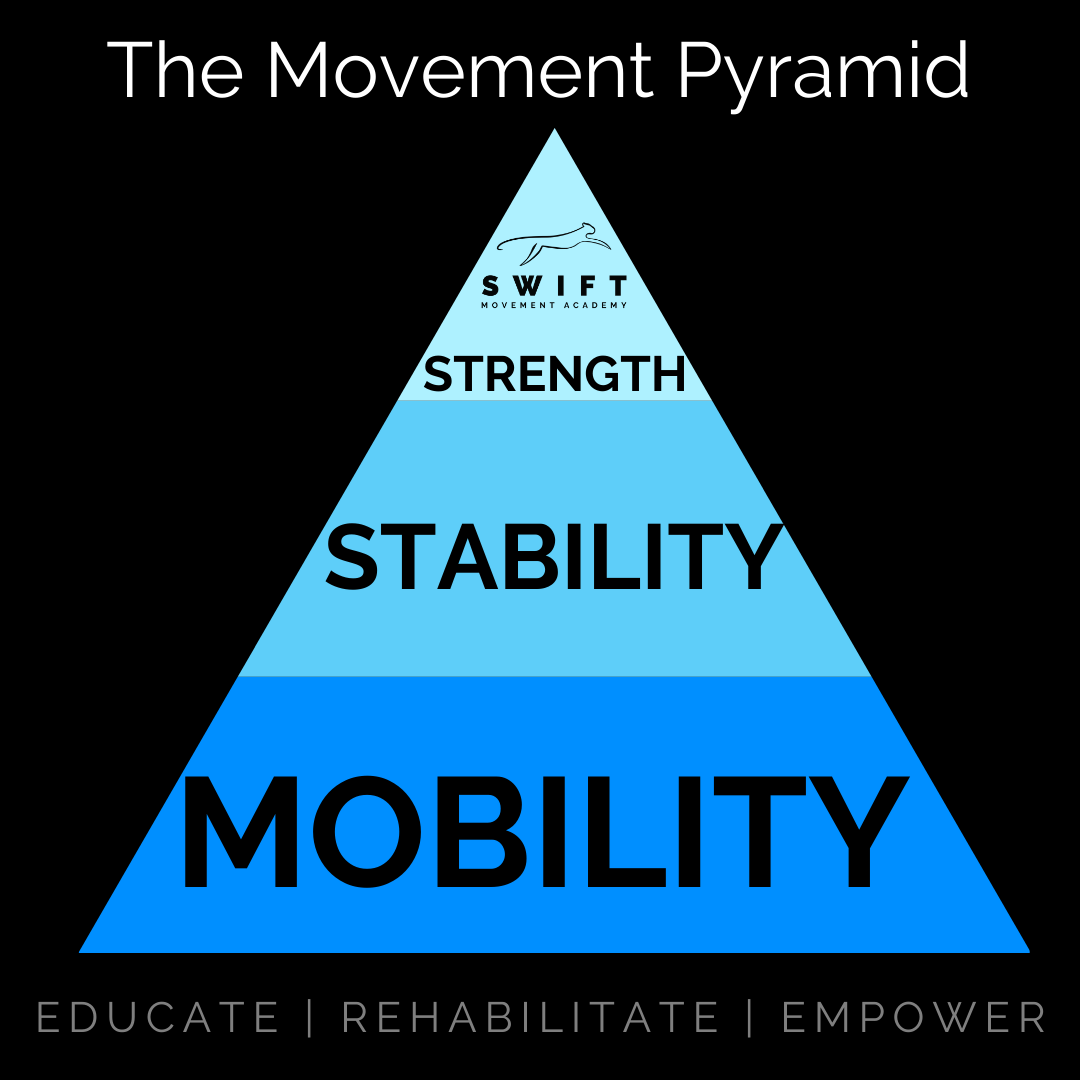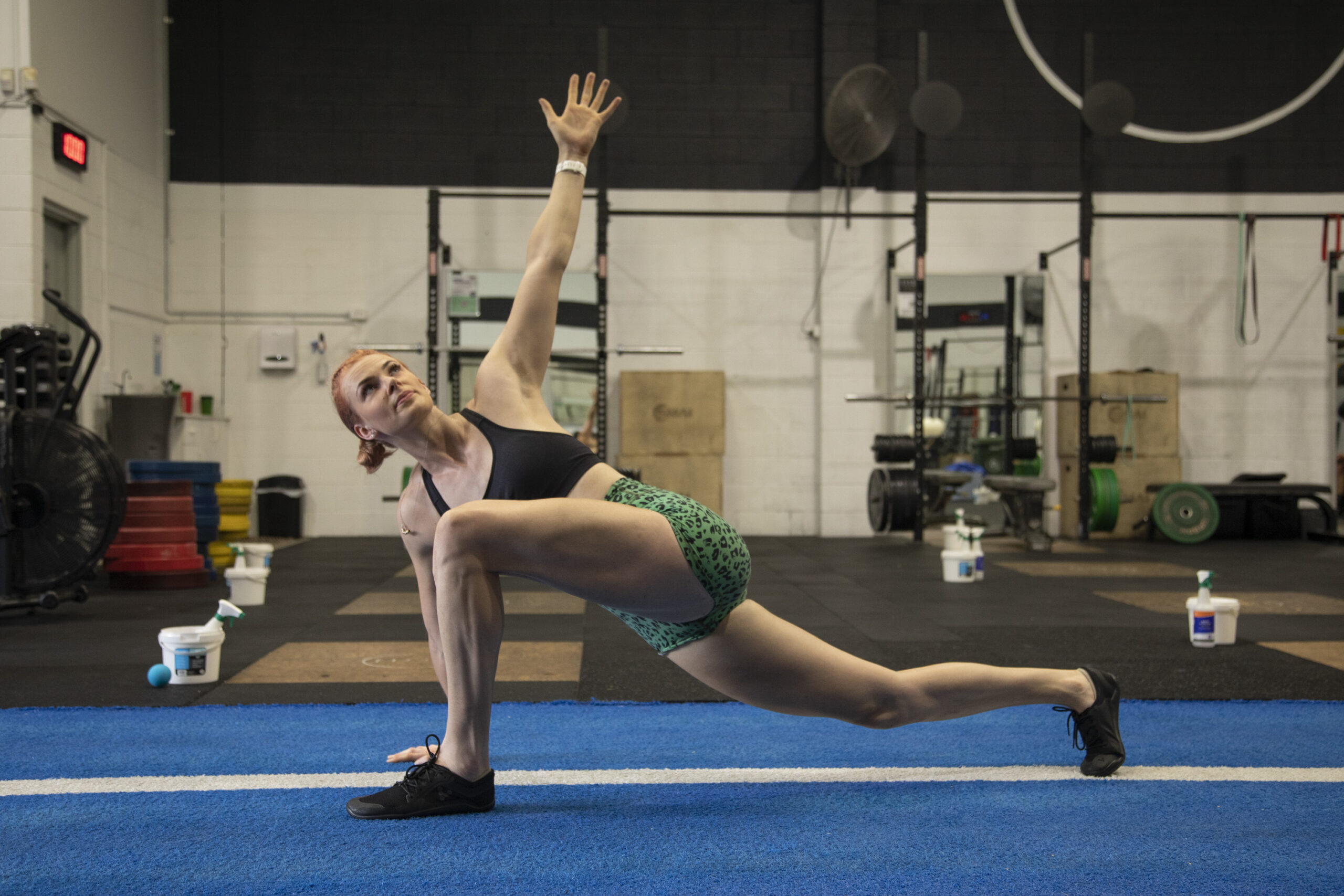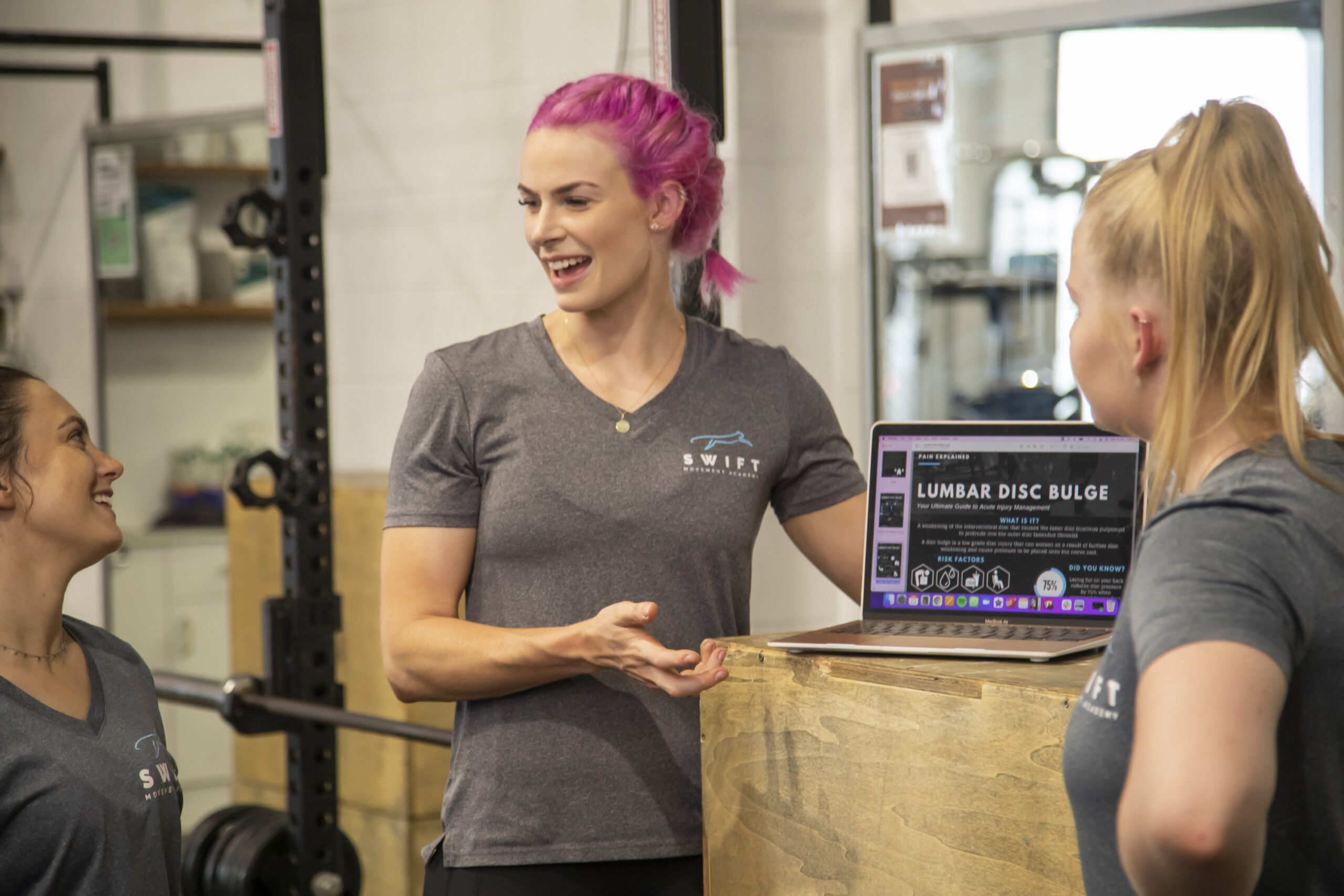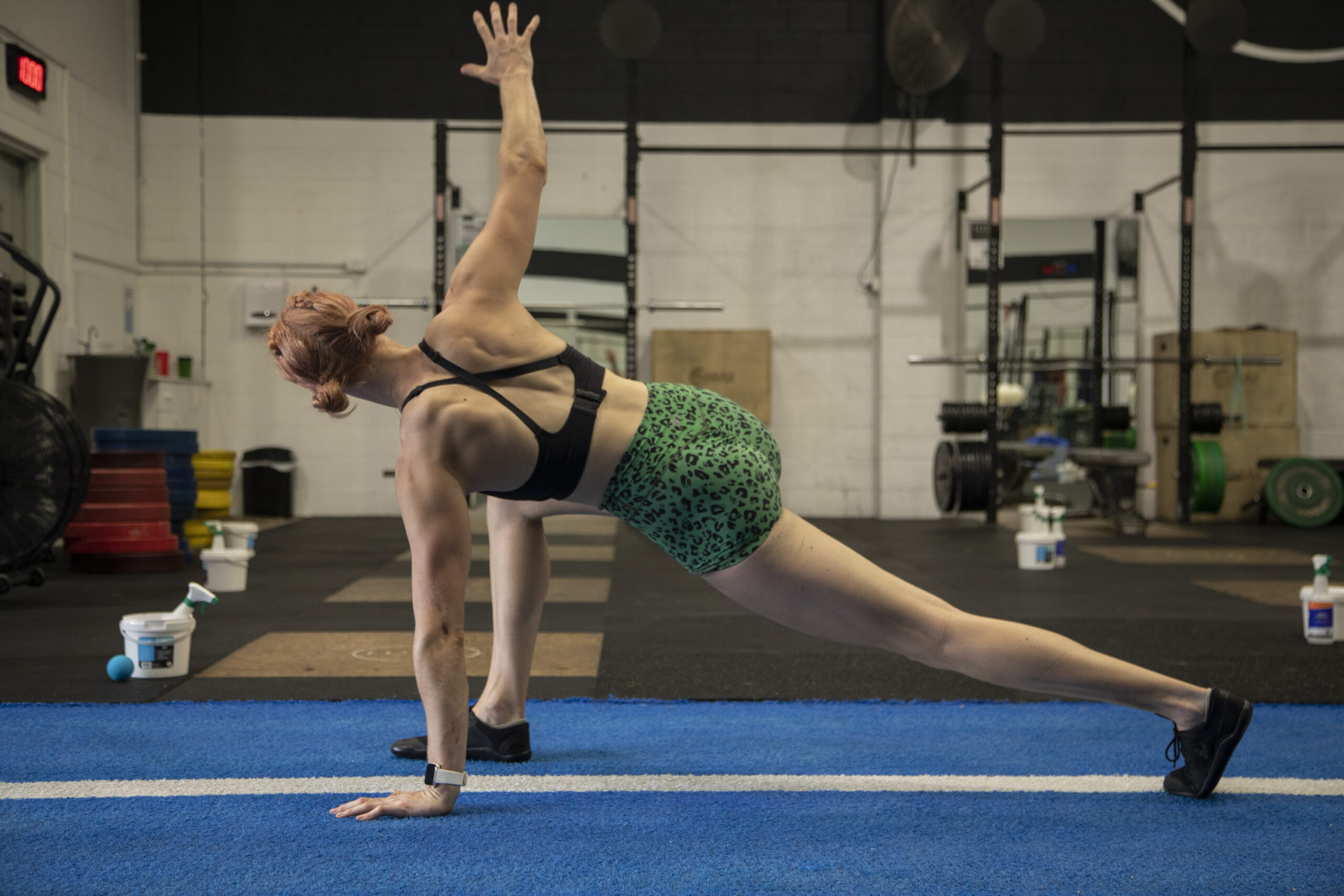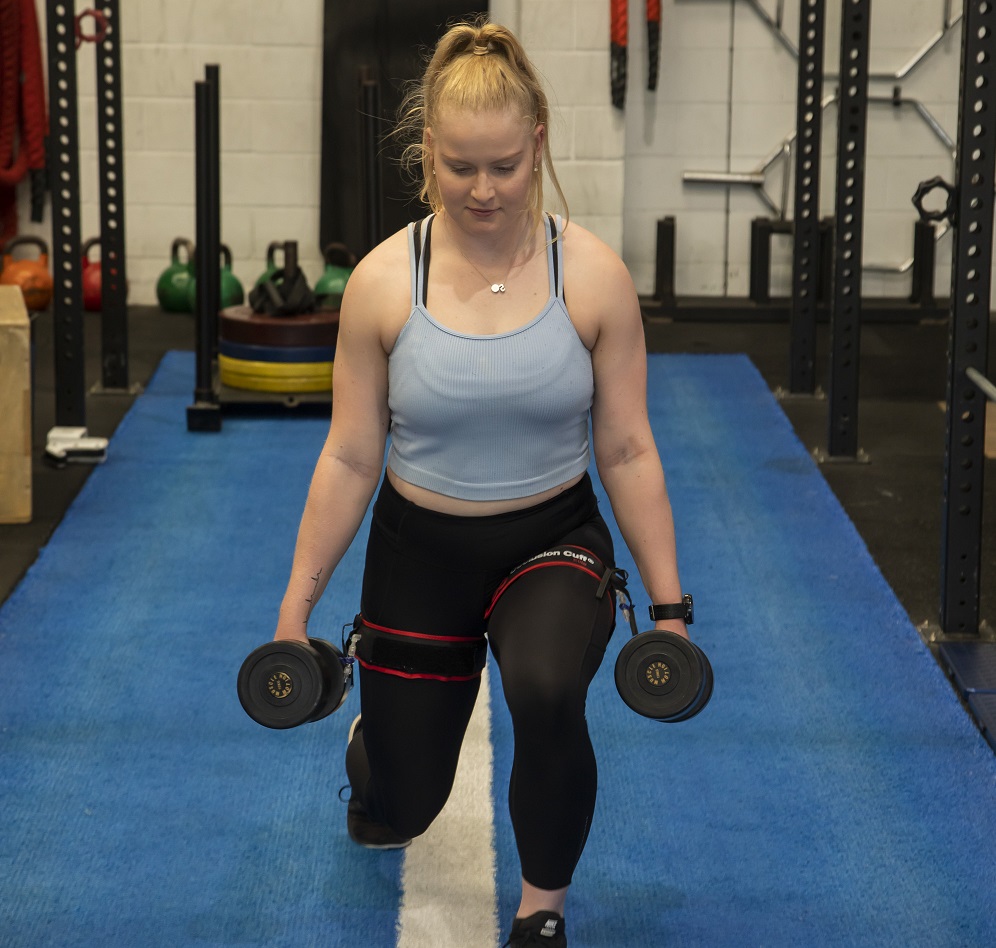
Training can be overcomplicated and I’m guilty of doing it too. The last thing I want is for people to have paralysis by analysis and effectively not do anything for fear of doing it ‘wrong”‘. Side note: There is no ‘wrong’, just better and worst options and in most cases, doing nothing is a worse option.
However, I understand you genuinely WANT to be working effectively, maximising your workouts and giving yourself the best chance in the gym to succeed. You also don’t want to waste time, our most precious asset, by doing anything that’s redundant. For these reasons, I want to briefly touch on what I, and many experts in the industry, believe are the 3 Pillars of Training. Use these as a guide to how you train and ensure these 3 things are covered off each and every session and you’ll be well on your way to achieving a winning formula.
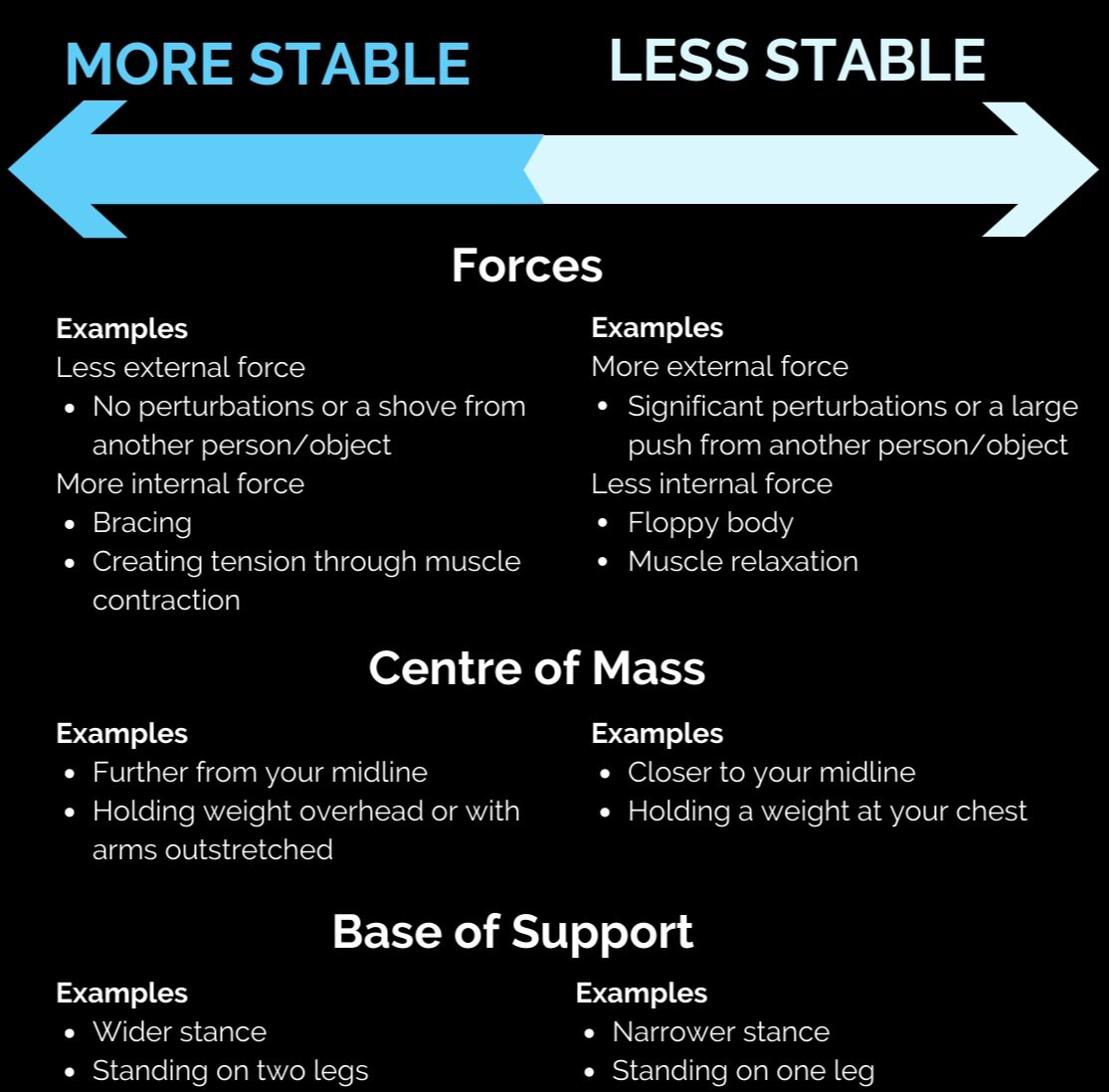
-
MOBILITY: the ability to move or be moved freely and easily
Not to be confused with flexibility (muscle length), mobility encompasses the range of motion at a joint. This relates to all things that create a mobile structure such as ligaments, tendons, fascia, bone and of course, muscles. Mobility is much more than the passive nature of just being ‘flexible’. It is the ability to create strength at those end ranges of motion and be able to hold long muscle positions.
Flexibility is a relaxed position whereby you are floppy and do not require any strength to maintain. Conversely, not having the prerequisite range of motion to be able to get in to and sustain positions of tension, shows a lack of mobility. Mobility is relevant to everything we do in life from holding a deep squat under a loaded barbell to reaching over your shoulder in the car to pick something off the back seat.
-
STABILITY: the ability to resist force
Training stability becomes simple when we understand that stability works on a continuum whereby we can either increase or decrease it by changing the metrics that dictate stability:
A) Forces (both internal and external)
E.g. Can you hold still when someone pushes you (external) or avoid letting weights throw you off balance (internal)?
B) Centre of Mass
E.g. Can you move your limbs or weight further away from you and resist moving or instability?
C) Base of Support
E.g. Can you reduce your support base by standing on one leg and maintain balance?
-
STRENGTH: the ability to produce force
Everyone seems to glorify this final pillar, and rightly so. Research shows strength is a great injury prevention method. Plus, being strong and lifting heavy makes you look like a badass. Win-win right?
-
While I agree, strength still sits at the top of the Movement Pyramid. Unlike the Food Chart Pyramid where fats and sweets at the peak means they’re a ‘sometimes food group‘, this is not the case with strength. The purpose of the pyramid is to show that if you do not first have the required mobility and stability, strength is not your focus. It should still 100% be an aspect to your programming, but trying to lift heavy when you haven’t got enough range of motion or stability to do so and get into the positions that are required of your body is a recipe for disaster. You must earn the right to lift heavy but make sure that you still continue to get strong within your current capabilities in the interim.
Remember: Mobility before stability before strength, but all 3 are crucial to success.
The best programs will have all 3 elements within them. Ideally, you want to focus more of your attention on your weakest link. Be sure to always include all pillars, but know that your weakness is what will prevent you from progression and be your biggest injury risk. If programming isn’t your thing or you’d prefer to have it done by a professional and know that you’re maximising your training, feel free to reach out. You can find links to complimentary calls and both online and in person coaching here.
If you learnt something new or this was a good reminder that you feel someone else could also benefit from, please share it with your friends and family. My aim is to help as many people as I can through EDUCATION, REHABILITATION and EMPOWERMENT, and I cannot do this without your support.
x Zenia Wood – Accredited Exercise Physiologist and Owner/Director of Swift Movement Academy
